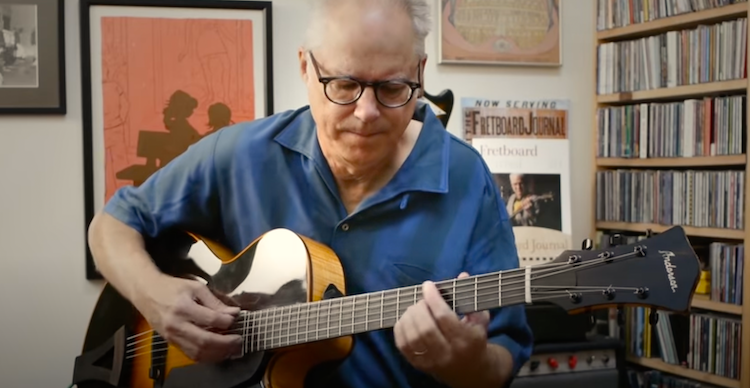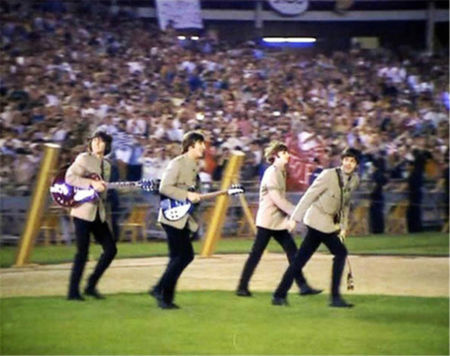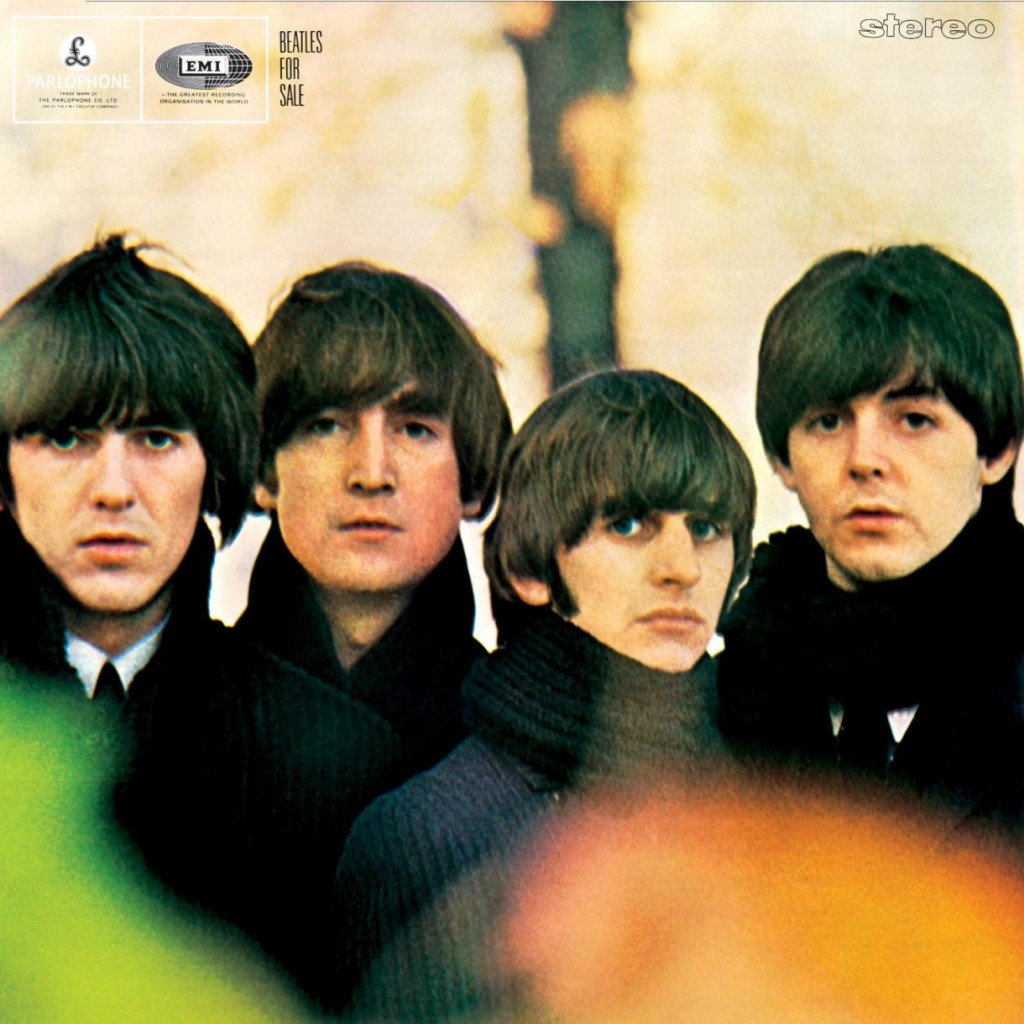
[vc_row][vc_column][vc_message message_box_color=”mulled_wine” icon_fontawesome=”fa fa-quote-left”]I saw the Beatles on the Ed Sullivan Show just before my 13th birthday, right when I was getting into guitar.. It was massively huge in the effect it had on my whole life. … John Lennon’s music has been with me, the band, everybody, the world … it seems like forever. The songs are part of us. In our blood.
–> Bill Frisell (2012)[/vc_message][/vc_column][/vc_row]
William Richard Frisell (born March 18, 1951) is an American guitarist, composer and arranger. One of the leading guitarists in jazz since the late 1980s, Frisell came to prominence as a stalwart for ECM Records.
Bob Dylan
Just Like A Woman
From the album “Have a Little Faith” (1992)
A Hard Rain’s A-Gonna Fall
From the album “East/West” (2005)
John Lennon
Frisell released the album “All We Are Saying” in 2011. It consists of songs written by John Lennon, both as a member of the Beatles and as a solo artist, arranged and performed in Frisell’s definitive style.
Here are some studio and some live versions…
In My Life
Live Sept 4, 2020
Across The Universe
Come Together
Nowhere Man, In My Life, Strawberry Fields Forever
NPR Music Tiny Desk Concert
[vc_row][vc_column][vc_separator][vc_btn title=”Borntolisten @ Facebook” color=”blue” i_icon_fontawesome=”fa fa-facebook-official” add_icon=”true” link=”url:https%3A%2F%2Fwww.facebook.com%2FJohannasVisions%2F||target:%20_blank|”][/vc_column][/vc_row][vc_row][vc_column][vc_message message_box_style=”outline” icon_fontawesome=”fa fa-link” css_animation=”bounceIn”]Check out:
- Bob Dylan posts @ borntolisten.com
- —
- MusicThisDay.com
- Music lists @ MusicThisDay.com
- –
- Karl Erik’s expectingrain.com
- Olof’s “Still On The Road“
[/vc_message][/vc_column][/vc_row]

 Unreleased – Watching Rainbows by The Beatles
Unreleased – Watching Rainbows by The Beatles




